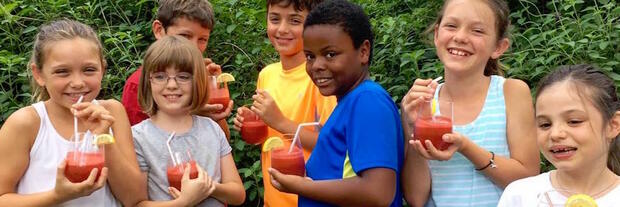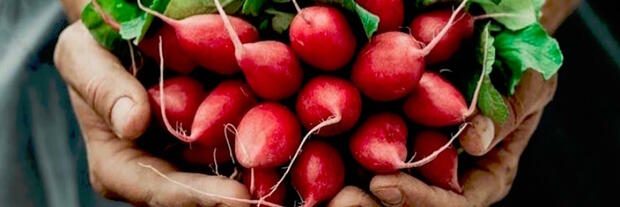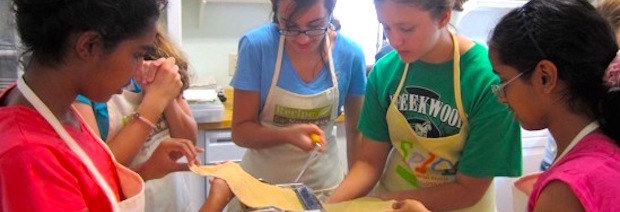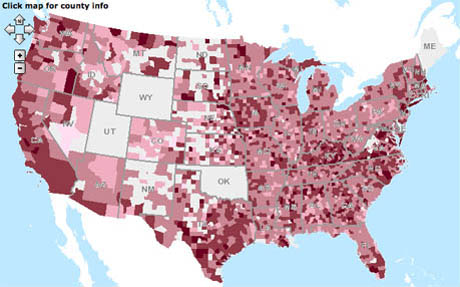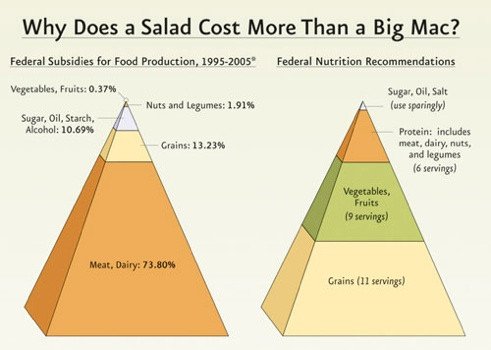Non-commercial viewing, including watching DVDs or educational television programming, had no significant association with obesity. According to the authors, the findings strongly suggest that steering children away from commercial television may be effective in reducing childhood obesity, given that food is the most commonly advertised product on children's television and the fact that almost 90 percent of children begin watching television regularly before the age of 2. By the time they are 5 years old, children have seen an average of more than 4,000 television commercials for food annually. During Saturday morning cartoons, children see an average of one food ad every five minutes. The vast majority of these ads -- up to 95 percent -- are for foods with poor nutritional value, the researchers say. "Commercial television pushes children to eat a large quantity of those foods they should consume least: sugary cereals, snacks, fast food and soda pop," Zimmerman said. The authors conclude that the availability of high-quality, enjoyable and educational programs for all ages on DVD should make it relatively easy for health educators and care providers to nudge children's viewing toward content that does not contain unhealthy messages about food and eating. "Just as there are far better and more nutritious foods than those advertised on television, there are also far better and more interesting shows on television than those supported by advertising," Zimmerman said. "Educational television has come a long way since today's parents were children, and there are now many fantastic shows on commercial-free television and, of course, wonderful content available on DVD."
READ THE FULL STORY HERE



